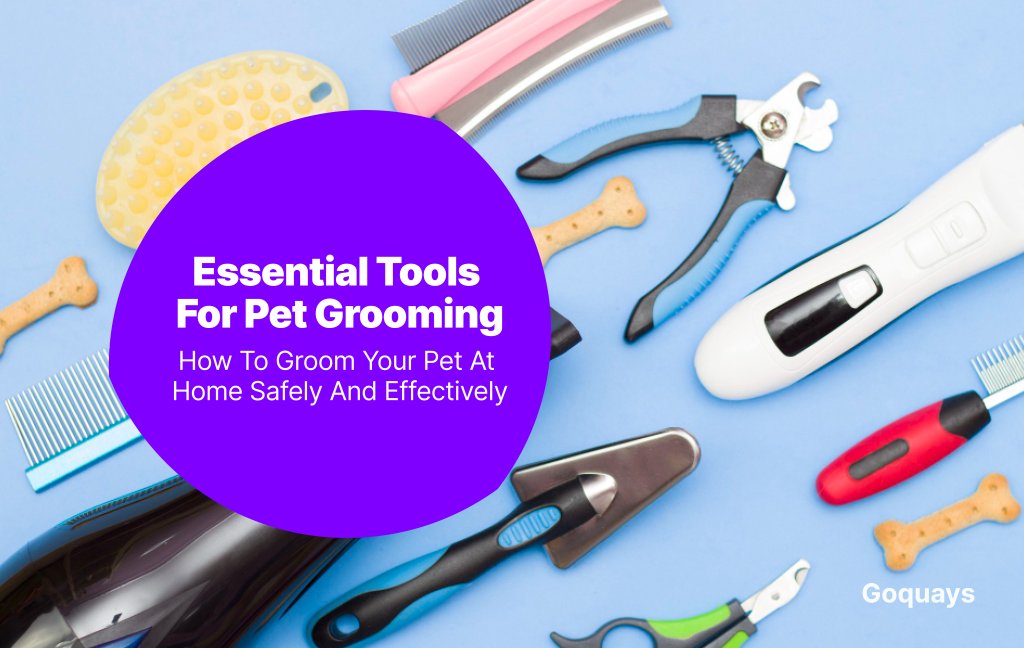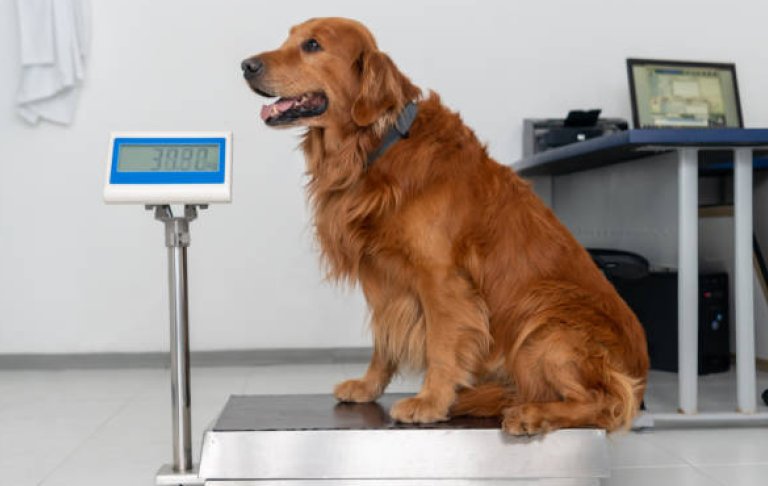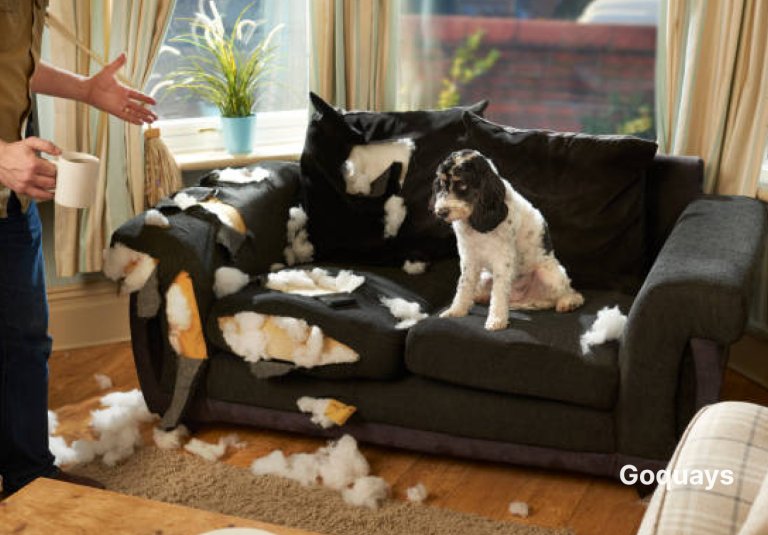Grooming your pet at home isn’t just about keeping them clean; it’s an opportunity to build a deeper bond, support their overall health, and create a relaxing routine you both can enjoy.
Regular grooming plays a vital role in maintaining your pet’s hygiene, helping to prevent potential health issues, and ensuring they always look and feel their best. However, achieving professional-level results at home requires more than just good intentions; it starts with having the right tools and techniques.
Knowing which tools are essential and how to use them safely can turn grooming sessions from a stressful chore into a rewarding ritual. In this guide, we will cover the essential grooming tools every pet owner needs and share expert tips to help you groom your pet safely, confidently, and effectively at home.
Benefits of Pet grooming at home
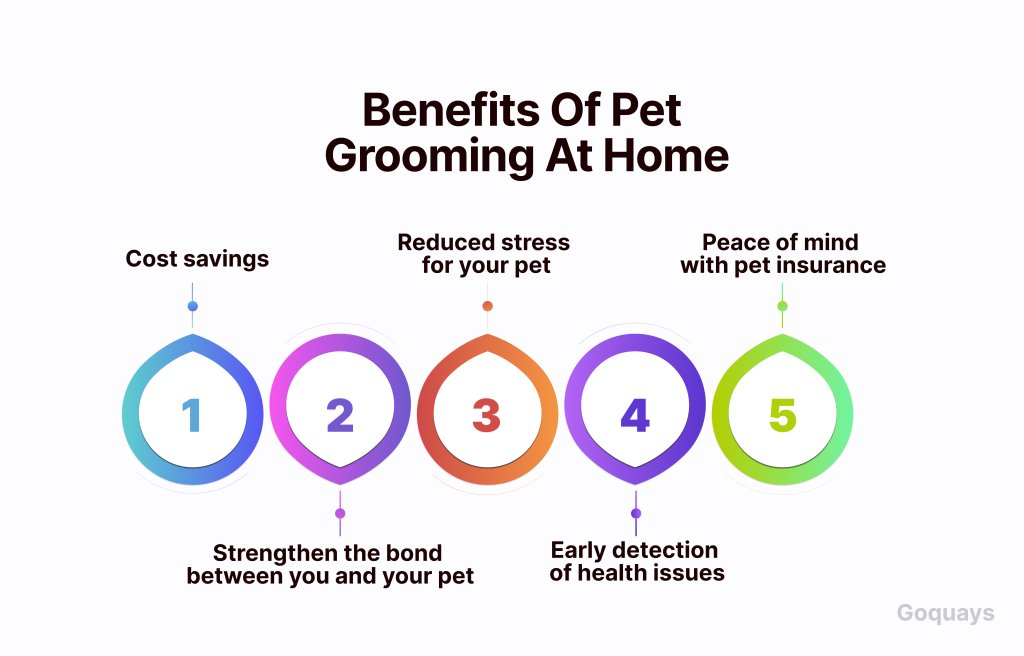
Pet grooming at home has a lot more benefits. Grooming your pet means enhancing your pet’s health, comfort, and its trust in you a the pet parent. Here are some other benefits you could gain from DIYing your pet grooming at home.
- Cost savings: Regular visits to professional groomers can quickly add up, especially if your pet is a long-haired breed or a pet that requires special grooming. Therefore, by investing in the right grooming tools and learning the skills required, you can save yourself from accrued expenses while you are still able to maintain your pet’s hygiene.
- Strengthen the bond between you and your pet: Grooming is a trust-building activity. When you groom your pet patiently, they look forward to those moments because it makes them feel safe.
- Reduced stress for your pet: Compared to grooming salons where your pet has to deal with loud dryers, strange scents, and unfamiliar people, home grooming offers a calm, controlled environment, making the experience less intimidating and more comfortable.
- Early detection of health issues: Grooming your pet regularly gives you the chance to spot early signs of trouble-such a lumps, rashes, parasites, ear infections, or overgrown nails. Catching these early can prevent complications and reduce vet costs later on.
Peace of mind with pet insurance: Sometimes, despite your best effort, accidents can happen could be as a nicked ear or skin irritation. Having pet insurance in place adds an extra layer of protection, covering unexpected injuries or conditions discovered during grooming.
Tools you need for effective pet grooming
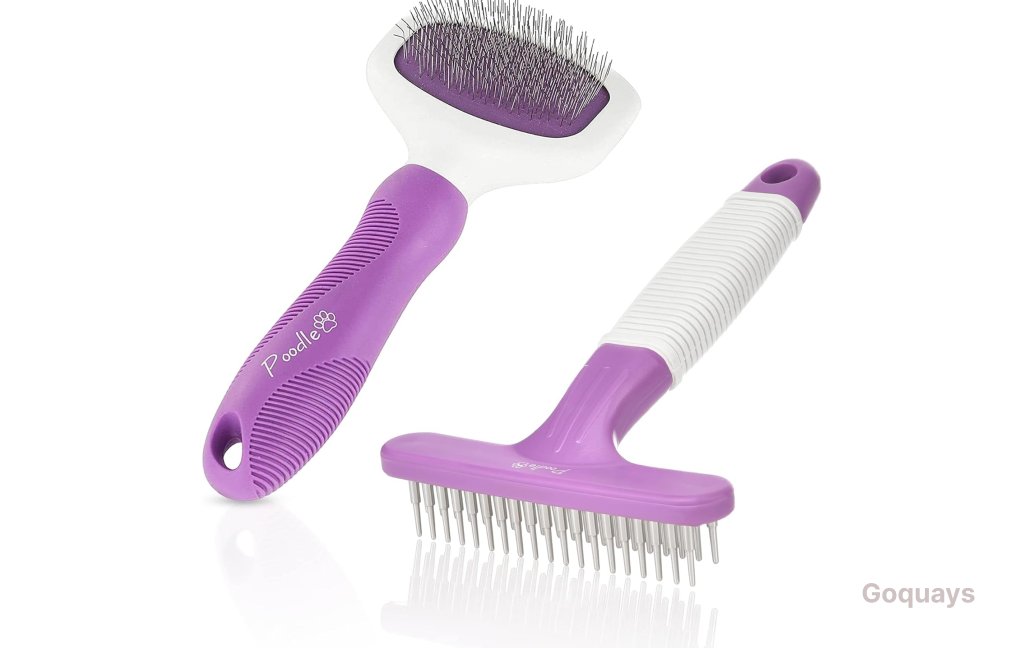
Grooming your pet at home starts with having the right tools. Especially the one designed for your pet’s breed, coat type and grooming needs. Here are the essential grooming tools pet parents need for grooming their pets.
- Brushing and Dematting Tools
Brushing is the first step in an effective grooming routine. It helps to loosen hair, remove dirt, and untangle, while also stimulating healthy skin and coat growth. Keep in mind that it’s important to brush before bathing your pet to prevent tangles from tightening when wet.
- Slicker brush: It’s great for untangling and removing loose fur from a long-haired pet.
- Bristle brush: It’s best for short-haired breeds; smooths the coat and distributes natural oils.
- Deshedding tools: It’s perfect for high-shedding breeds, helping to control seasonal coat blowouts.
Dematting comb: This is especially made to work through knots without pulling painfully on your pet’s fur.
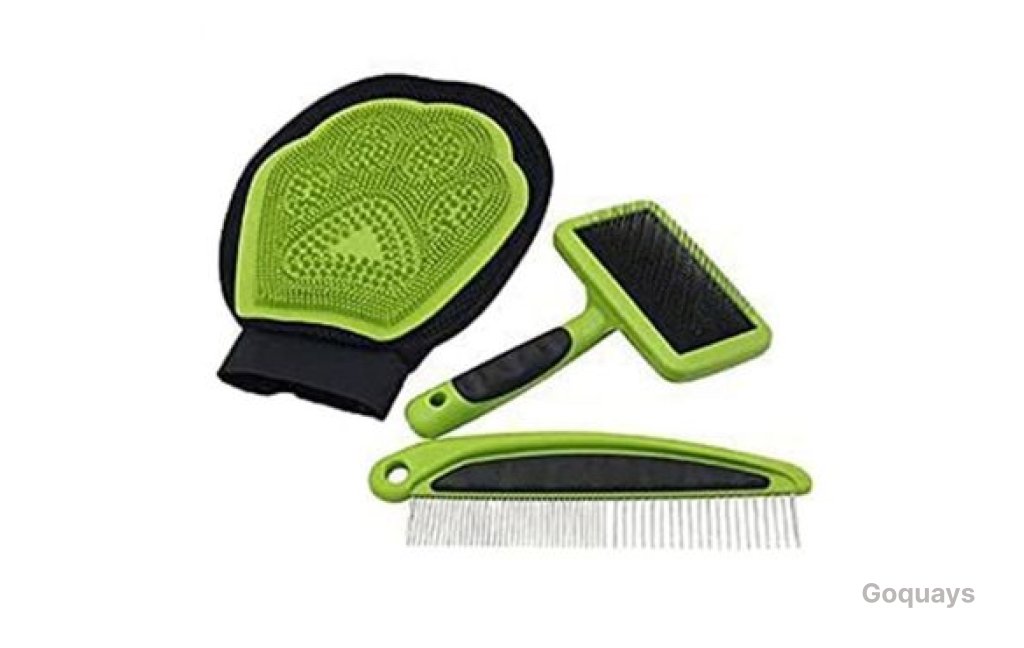
- Bathing essentials
Consistently cleaning your pets means preventing skin issues like fleas and odours. Make bath time effective with;
- Pet-safe shampoo and conditioner: Always choose formulas that are ph-balanced for pets. Ensure to never use human shampoos. (Opt for hypoallergenic products if your pet has sensitive skin)
- Detangling spray or leave-in conditioner: This makes brushing after bath easier.
Absorbent towels and a pet dryer: Opt for quick-dry microfiber towels and low-noise pet dryers. These reduce stress for you and your pet and speed up drying time.
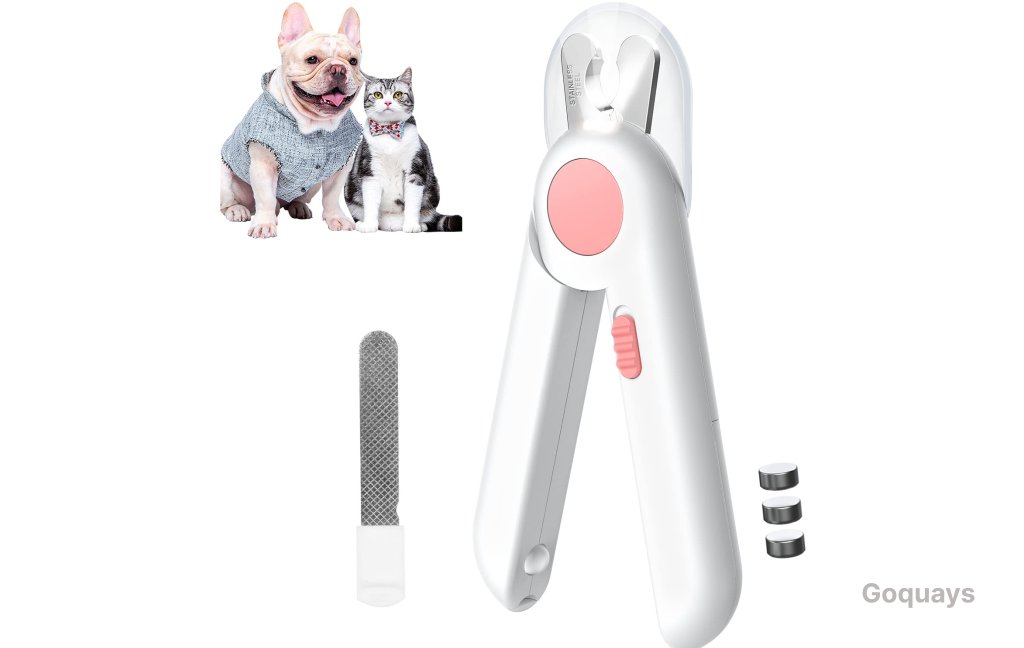
- Nail trimming tools
Overgrown nails are harmful to both you and your pet. Trim their nails with care using;
- Nail clippers(scissor style): Choose based on pet size and nail strength.
- Nail grinder: Ideal for smoothing rough edges or best used for pets that are afraid of clippers.
- Styptic powder or pencil: Stops bleeding fast in case you trim too close to your dog’s skin.
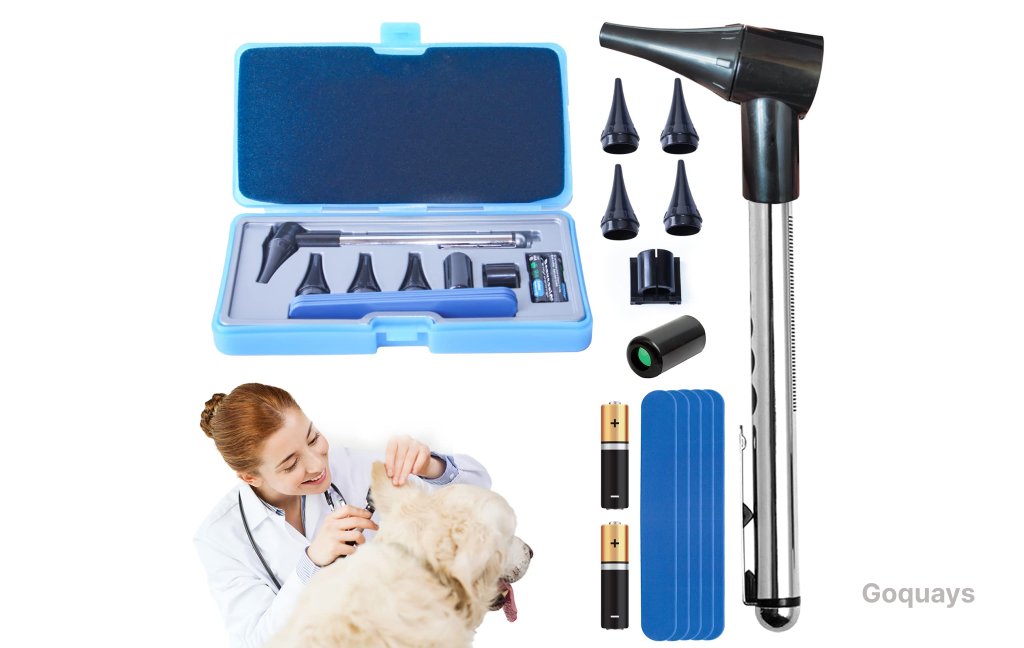
- Ear and Eye care tools
Regular cleaning prevents infections and keeps your pet comfortable
- Pet ear cleaning solution: This gently removes wax without irritating the inner ear.
- Cotton balls or gauze pads: It is safer than cotton swabs, which can damage ear canals.
- Tear stain remover wipes: It’s best for pets prone to under-eye staining, especially small dog breeds and cats.
When cleaning your pet’s eye, watch out for redness, foul odour or excessive discharge (these could be signs of possible infection).
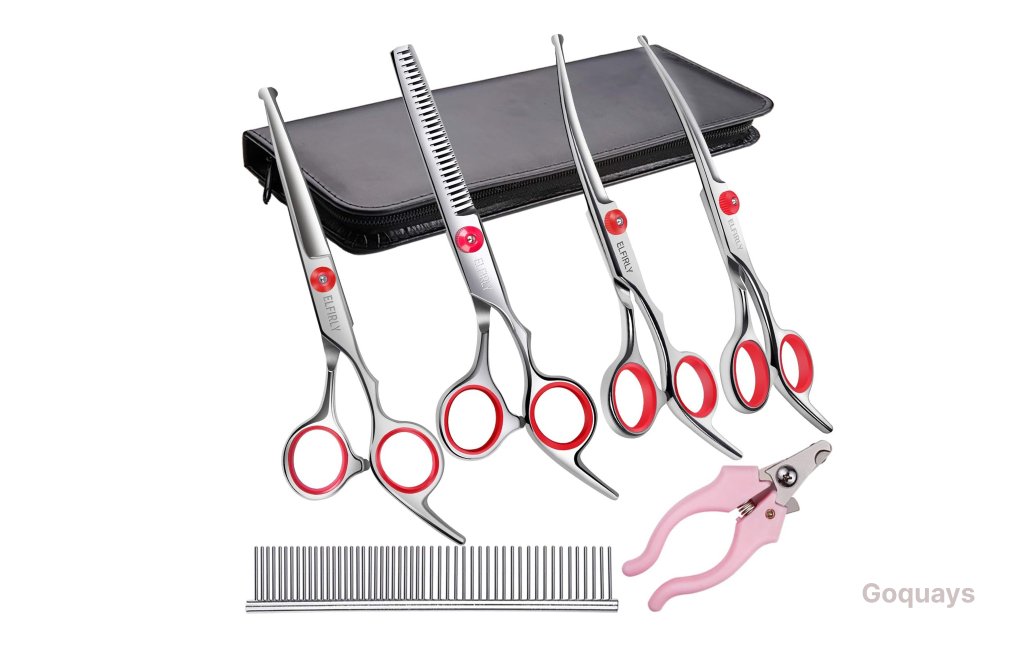
- Clippers or Grooming scissors
These are used for haircuts and hygiene trims
- Cordless clippers: Look into buying the ones with a quiet operation and adjustable blade lengths.
- Blunt-tip grooming scissors: It’s great for grooming sensitive areas like the face, paws, and sanitary regions.
- Thinning shears: This blends different hair lengths for a more professional look.
Step-by-step guide to grooming your pet at home

Grooming your pet at home doesn’t have to be stressful if there is proper preparation and a calm approach to the grooming routine. Here is are effective grooming routine for pet parent,s no matter your pet type, breed and experience level.
- Pre-grooming preparation
Begin your grooming preparation by;
- Choosing a quiet and comfortable space: This space is preferably indoor with good lighting and a non-slip flooring to prevent accidents(opt for a grooming mat for grip). Avoid noise or distractions.
- Gather all essential tools: Keep all important tools within arm’s length. This makes the grooming easy and smooth without interruptions.
- Brush first: Detangle your pet’s hair, remove loose fur before bathing.
- Bathing technique
Make bath time gentle, thorough and safe.
- To avoid harming your pet, make use of lukewarm water(not too hot and not too cold)
- Apply pet-safe shampoo. Lather the soap from the neck down, ensuring to avoid the eyes and ears.
- Rinse off soap residue thoroughly to avoid skin irritation.
- If your pet is long-haired or has dry skin, apply conditioner.
- Drying
Drying is just as important a washing, especially in cold weather. After bathing your pet,
- Gently towel dry them
- Make use of a pet dryer(low heat/low noise. But if you are using a towel to dry, ensure it’s designed for pets to prevent burns.
- Brush again. Once their fur is mostly dry, brush through the coat to remove tangles.
- Nail trimming without stress
To trim your pet’s nails;
- Hold the paw steady
- Clip the nails little by little
- Reward your pet and praise them
However, if you cut the nails too far, apply styptic powder and comfort your pet
- Cleaning ears and eyes
- Soak a cotton ball, gently wipe the outer ear (never insert deep).
- Wipe tear stains using wipes or a damp cloth, but avoid baby wipes
Common mistakes to avoid during home grooming
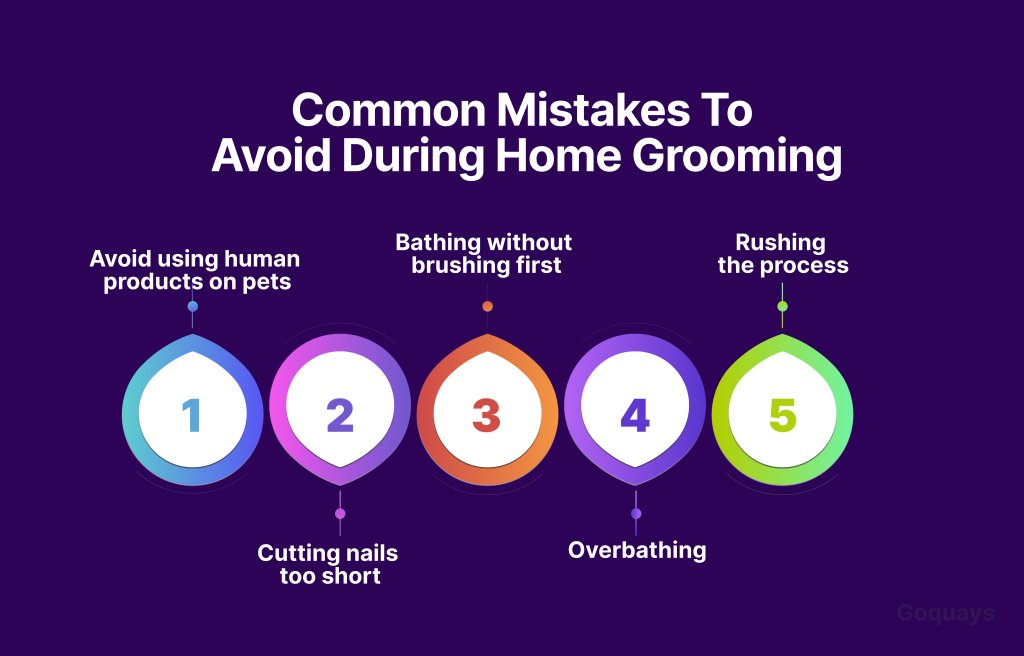
While grooming your pet at home is rewarding, it’s easy to make simple mistakes that can lead to discomfort or even injury for your pet. Here are some of the most common grooming missteps and how to avoid them:
- Avoid using human products on pets
Human shampoos, conditioners, and wipes are formulated for our skin’s pH levels, not your pet’s. Using them can lead to dryness, irritation, or allergic reactions. Always choose products specifically labelled as pet-safe and vet-approved.
- Cutting nails too short
Trimming your pet’s nails too aggressively can cause bleeding and pain by hitting the quick, a sensitive part of the nail that contains nerves and blood vessels. Clip only small amounts at a time and keep styptic powder on hand just in case.
- Bathing without brushing first
Bathing a matted or tangled coat can make things worse. Wet mats tighten, pulling painfully at the skin and becoming harder to remove. Always brush thoroughly before getting your pet wet.
- Overbathing
Too many baths can strip your pet’s coat of natural oils, leading to dry skin and itchiness. Most pets only need bathing every 4–6 weeks, unless recommended otherwise by your vet.
- Rushing the process
Pets sense your mood. Grooming in a hurry often leads to accidents, increased anxiety, and a negative association with future grooming sessions. Take your time, offer breaks, and keep the experience as positive as possible.
Why pet insurance matters while grooming at home
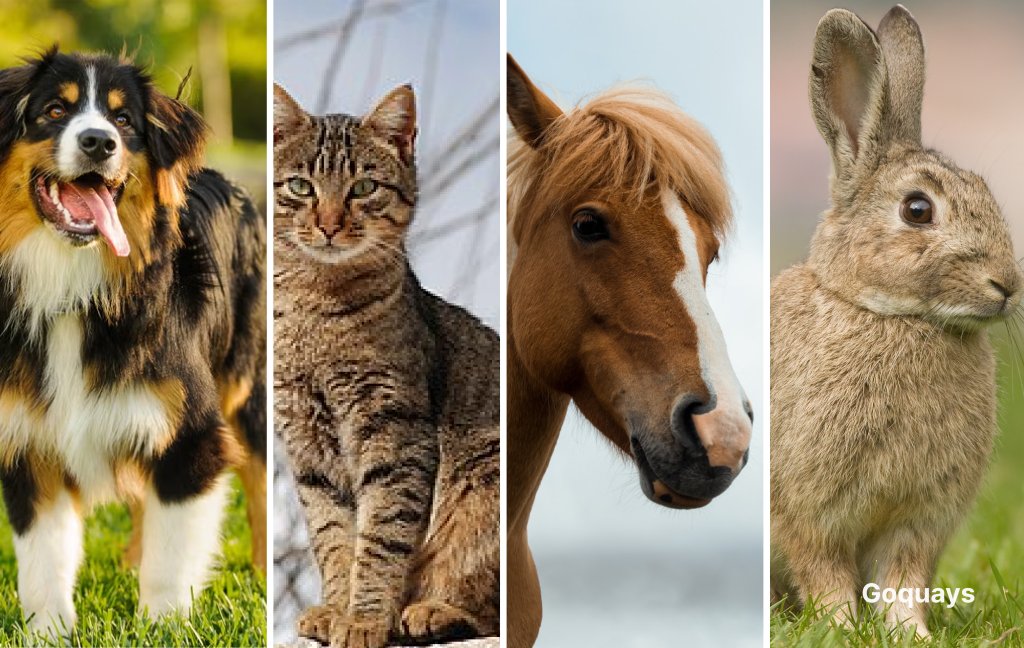
At-home grooming can be a wonderful bonding experience with your pet, but it also comes with its fair share of risks. Even the most prepared pet owners can make a slip with the clippers, misjudge a nail trim, or discover a hidden skin issue mid-groom. That’s where pet insurance plays a vital role, offering you peace of mind when the unexpected occurs.
Imagine you are trimming your pet’s nails and accidentally clip the quick. There’s bleeding, your dog yelps in pain, and now you are panicking. Or you are bathing your cat and notice a raw patch of skin that was not visible before. These moments, though common, can escalate quickly into emergency vet visits, prescriptions, or even follow-up treatments.
With Quays Insurance, you don’t have to hesitate to get your pet the care they need. Pet insurance can help cover:
- Vet visits due to grooming-related injuries
- Medications for infections or allergic reactions
- Diagnostics for lumps, bumps, or skin flare-ups discovered during grooming
- Follow-up treatments and ongoing care
Even routine grooming can reveal hidden health issues—and acting fast can make all the difference. With a solid pet insurance plan, you are empowered to take swift action without worrying about the financial burden.
Conclusion
Grooming your pet at home isn’t just about keeping them clean. It’s a form of preventative health that strengthens your bond and helps you become more in tune with your pet’s needs. With the right tools, a little patience, and a gentle approach, home grooming can be a safe, stress-free, and even enjoyable part of your routine.
In summary
- We covered the essential tools to have for effective grooming
- We also covered the step-by-step process for brushing, bathing, nail trimming, and more
- You understand the mistakes to avoid to prevent harming or injuring your pet.
And you have seen how having pet insurance can support you if something unexpected happens along the way

